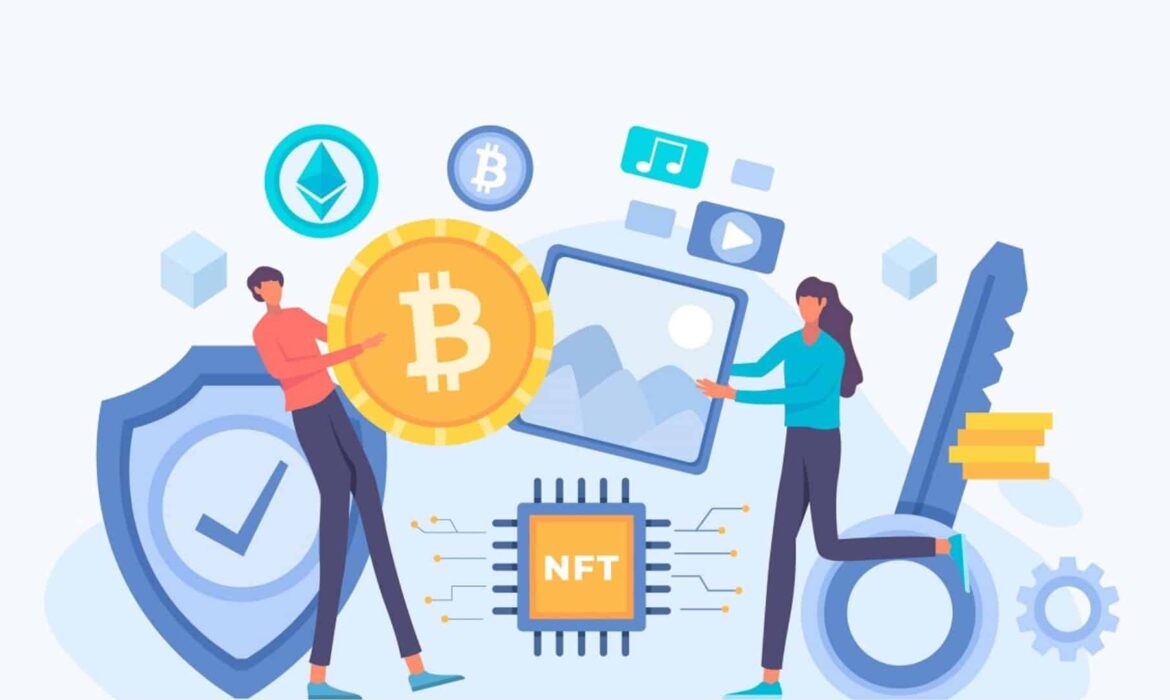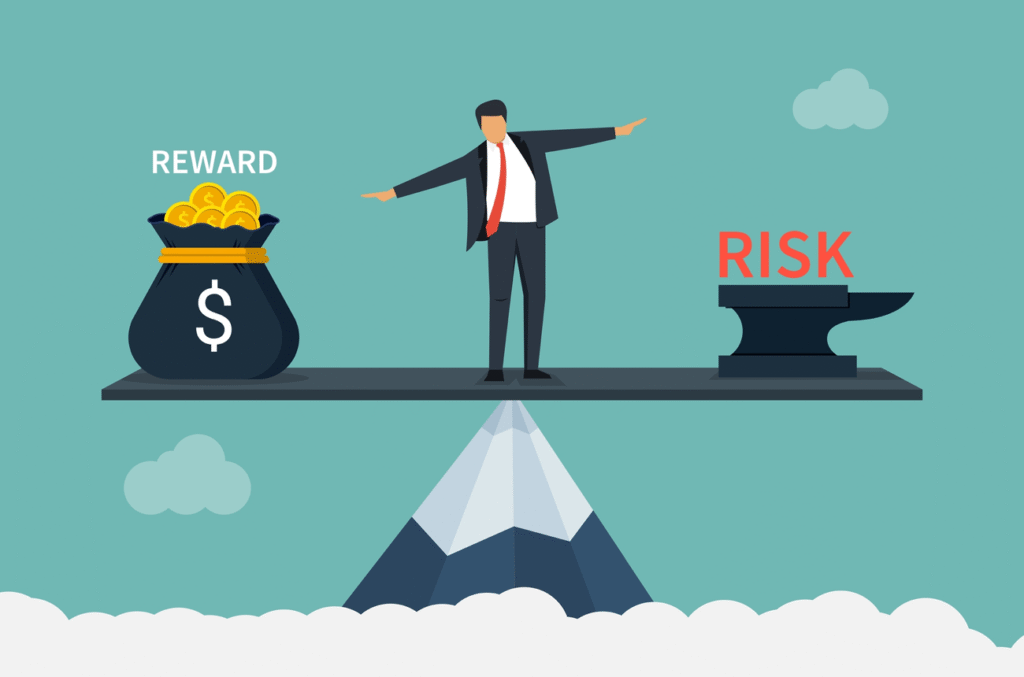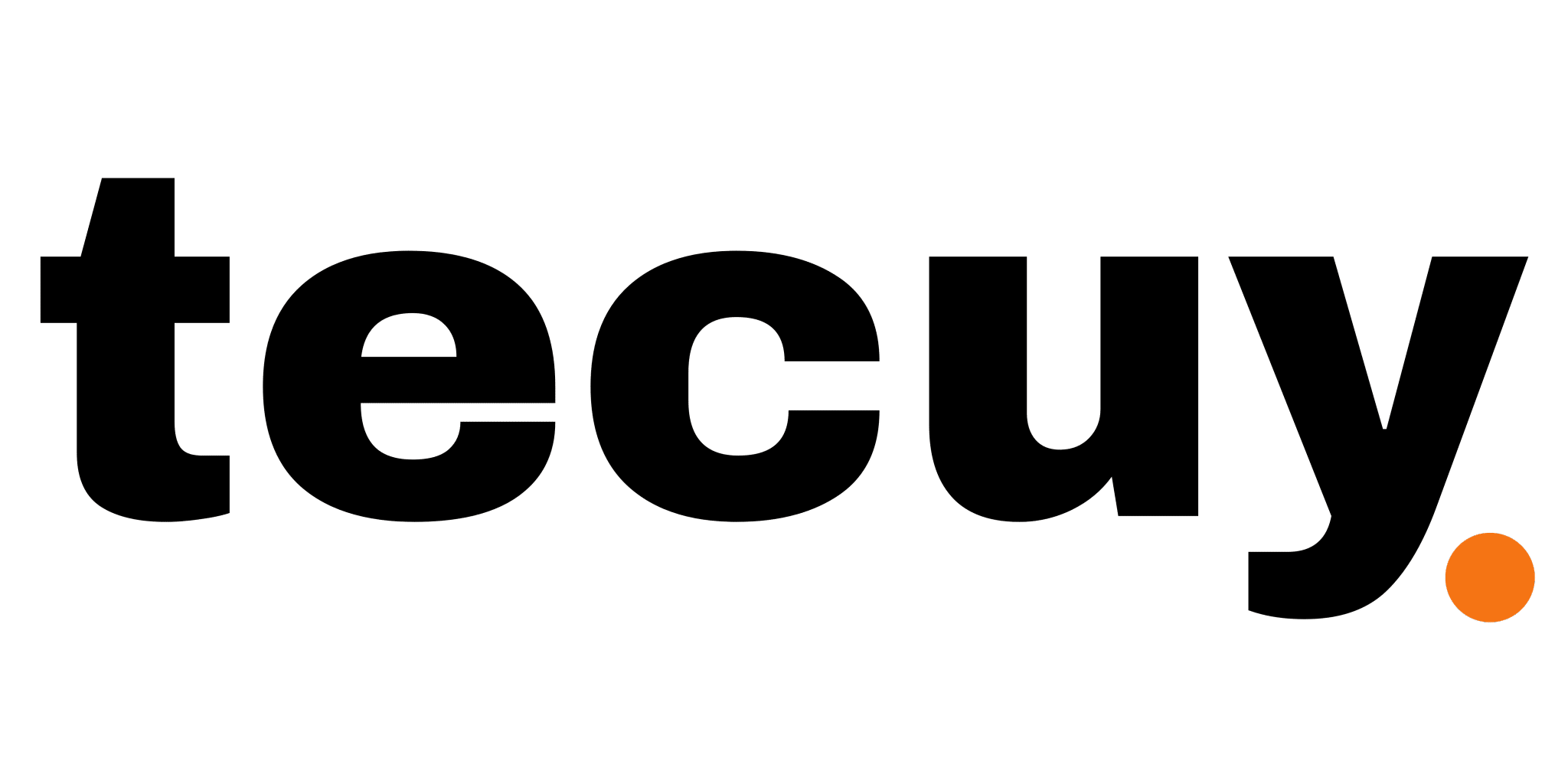
In today’s world, where technology is transforming everything rapidly on an extensive scale, it’s also rethinking financing in this fast-paced economy. The traditional bank loans are no longer the only way to get funds. Crowdfunding platforms and digital lending options to equity financing and fintech-driven solutions have offered more flexibility, faster, tech-enabled, and hassle-free financing options to borrowers. Alternative lending in the US has observed a notable rise in the alternative lending business report for 2024. This market is projected to reach $378.61 billion by 2028 from $255.39 billion in 2023.
Observing the rising borrowing demand and shifting investor behavior, alternative financing isn’t just a trend anymore. It’s changing the future of capital accumulation in America.
What is Non-Traditional Financing?
Non-traditional financing means gathering funds by methods other than conventional bank loans or credit lines. It offers options like peer-to-peer lending, equity crowdfunding, digital lending apps, and many other alternative investment options. Non-traditional financing has made acquiring investments easy for individuals, startups, and small or midsize businesses, freeing them from lengthy processes and high interest rates with strict credit requirements.
What is Crowdfunding & List of Crowdfunding Platforms

Crowdfunding is a type of financing alternative that enables individuals or businesses to gather funds in small contributions from the masses. People generally access crowdfunding primarily through the internet to support their cause or operation. In 1987, an 18-year-old boy at the University of Illinois funded his entire college education by crowdfunding, asking 2.8 million people for a penny each.
There are various types of crowdfunding:
1. Reward-based: In reward-based crowdfunding, the contributors can enjoy perks like early access to products or some exclusive experience, but no financial return.
2. Donation-based: Money is donated by people, often for charitable purposes or humanitarian causes, with no expectation in return but just pure intent of helping someone.
3. Equity crowdfunding: It’s a give-and-take method of financing where the investor holds a mutually decided amount of ownership or equity in the company.
4. Debt-based (P2P lending): It’s a direct lending or borrowing of money between individuals or businesses via an online platform.
Crowdfunding is regulated by the SEC (Securities and Exchange Commission) under the Jumpstart Our Business Startups (JOBS) Act of 2012.
Key U.S. Crowdfunding Platforms
- Kickstarter
- Indiegogo
- GoFundMe
- Seed&Spark
- BackerKit
- LaunchGood
- Gamefound
All About Equity Financing
With equity financing, one can raise funds by selling shares of ownership in the company. Generally, SMEs or startups ask investors to fund them, and in return, they offer investors a share of ownership rather than repaying the borrowed money. Unlike debt-based funding, the borrower isn’t obliged to pay principal or interest, but equity investors gain ownership and expect a return through growth and/ or exit events.

The US equity crowdfunding market has a significant share, driven by favorable regulations and a larger investor base, increasing participation in startups and SMEs by contributing approximately 40% of the global market. The equity crowdfunding market, valued at $2,651.21 million in 2024, is projected to grow to $2,712.18 million in 2025.
Fintech Financing & Digital Lending Apps
Fintech financing is an ecosystem that combines all types of funding solutions, partnering technology with finance and striving for technology-driven finance platforms. It covers all types of financial products like lending, borrowing, investing, payments, BNPL, crowdfunding, and neobanking.
Digital lending apps are one of the categories of fintech financing, focusing solely on loans. Digital lending apps work on fintech technology, and these apps provide online loans for various purposes, including personal, business, home, student, or payday loans.
The Federal Reserve Bank of New York Consumer Credit Panel (CCP)/Equifax data revealed that 14% of personal loans valued at around $50 billion comprise fintech-issued loans.
| Fintech Platform Examples | Digital Lending Apps Examples |
| SoFi | Bluevine |
| Stripe Capital | CAN Capital |
| Affirm / Afterpay | Upstart |
| Biz2Credit | LendingClub |
SMEs Funding Options: Business Beyond the Basics
While traditional bank loans are holding their weighty stage, small and medium-sized enterprises (SMEs) are exploring other roads to accumulate capital. These include ways like fintech lenders, SBA programs, and specialized credit-based products to maintain steady cash flow and cater to growth needs in a faster and flexible manner.
There is a significant rise of 7% SBA-backed financing valued at $56B in fiscal 2024. The Small Business Administration stated that it backed $56 billion to finance small businesses and disaster-affected areas.
Following are the options for SME funding:
- Digital lending platforms & fintech lenders
- SBA-backed financing option
- Alt lenders & private credit lines
- Embedded & revenue-based financing
Risk & Regulatory Factors in Non-Traditional Financing

Non-traditional financing is paving the way for a speedy and accessible economy and financial solutions, but the way is a bumpy ride with its own unique challenges and risks. The growing non-traditional financing in the US has multiple regulations and challenges to operate smoothly and in a secure manner.
1. CFPB regulations
The Consumer Financial Protection Bureau mandates digital lenders to collect and report SME applicant data to ensure a fair and transparent lending process.
2. Licensing & compliance burden
The US licensing systems have made it complex and costly to run non-traditional financing smoothly. It’s reported that 93% of fintechs struggle to comply with compliance, and 60% incur over $250,000 of annual fines due to varying rules.
3. AI & algorithm-based risks
As alternative financing is the mix of finance with technology, it accompanies a high chance of biased decision-making and a lack of transparency. Treasury Secretary Janet Yellen has advised people to be aware of the notable risks of artificial intelligence in financial services.
4. Cyberthreats & data breaches
As fintechs are increasingly adapting to cloud services, embracing technical modernisation with cutting-edge ML/AI solutions, they are also becoming a major target of cyberattackers. There were 4,29,874 cybersecurity incidents in financial institutions in 2023.
5. Systemic risk from non-banking lending
There is a concern for financial stability and market transparency as NBFIs reached $1.2 trillion of banks’ lending exposure.
Emerging Trends in US Non-Traditional Financing
There’s something new emerging in every domain due to AI-powered hyper-personalization. An upcoming non-traditional finance trend called ‘embedded finance’ is getting popular.
Embedded financing allows the coordination of financial services like payments, lending, insurance, or investments directly into non-financial platforms. The user doesn’t have to visit a traditional bank or a separate fintech app for each service. Instead, these services are embedded in day-to-day apps and platforms. Example: Uber offers instant driver payouts and microloans through its apps.
Blockchain-based lending & tokenized assets are also catching a wave in the market. Figure Technologies’ fast equity home loans serve as the prime example.
FInal words
Wrapping it all together, non-traditional financing is gaining traction and has become inevitable, allowing easy and fast access to money for individuals and businesses, so money never becomes a hurdle in their growth, and empowering the economy. From crowdfunding to digital lending apps to embedded finance and blockchain lending, these alternative financing options are narrowing the gap left by traditional financing systems. However, this financing upends, coming with its own risk and limitations, warns borrowers and investors to be alert and careful before getting involved in it. The evolving future of finance is for sure opening new doorways for startups, SMEs, and consumers across the U.S.
Related: Technology in Digital Marketing: Promising Future!
Related: Fintech vs Financial Services: Who’s Ruling The Market?



